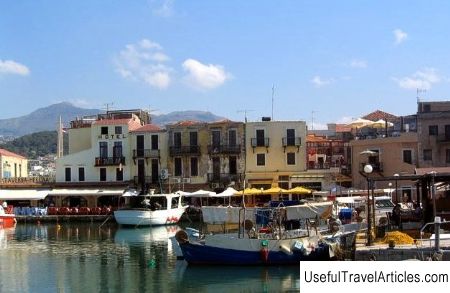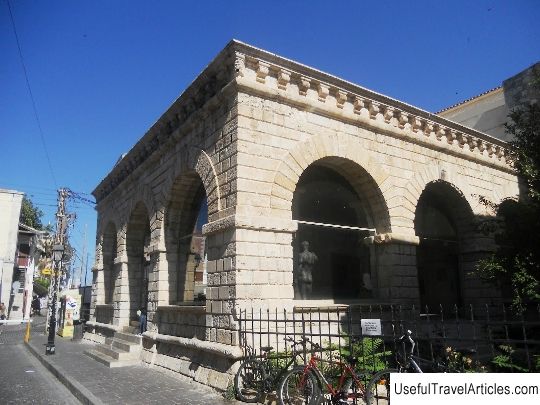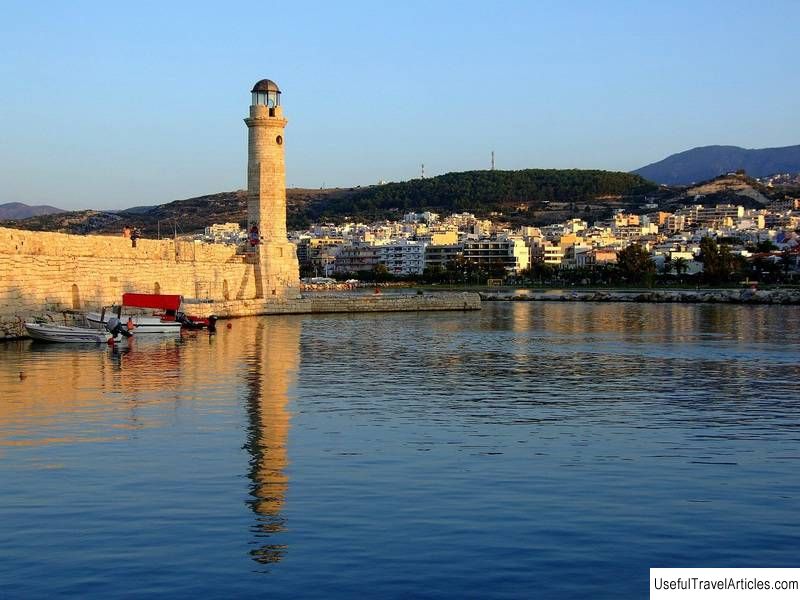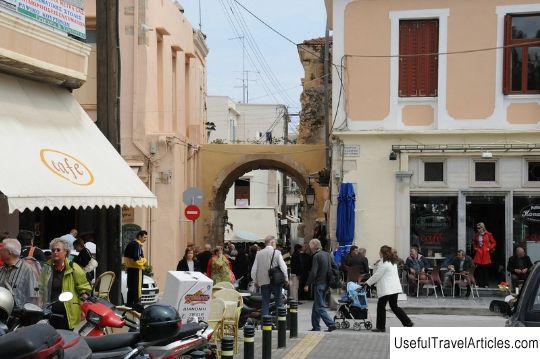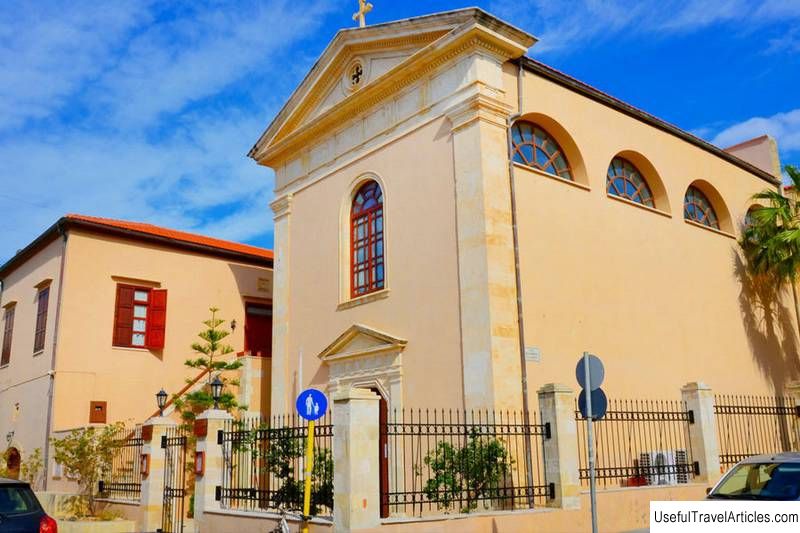Archaeological Museum of Rethymno description and photos - Greece: Rethymno (Crete)
Rating: 8,7/10 (545 votes) 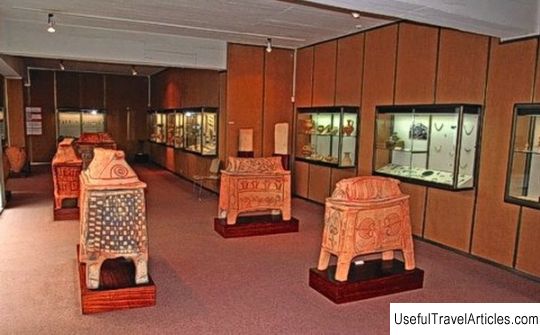
Archaeological Museum of Rethymno description and photos - Greece: Rethymno (Crete). Detailed information about the attraction. Description, photographs and a map showing the nearest significant objects. The name in English is Archaeological Museum of Rethymno. Photo and descriptionOpposite the main entrance to the Fortress of Fortezza is the Archaeological Museum of Rethymno. The artifacts on display in the museum represent the history of the entire region from the Neolithic to the Roman period. The exposition is presented in chronological order. The Archaeological Museum of Rethymno was founded in 1887. Since 1991, the museum has been located in the building of the Turkish bastion. The well fortified building served as additional protection for the central entrance to the fortress. Until the 1960s, the building was used as a state prison. Previously, the museum was located in the building of the Venetian Loggia. The exposition of the museum is extensive and very diverse. The museum presents: a large collection of ceramics, sculptures, figurines, various funerary artifacts, jewelry, household utensils, Roman lamps, stone products, tools and much more. The most interesting exhibits of the museum include Late Minoan tombs, terracotta figurines, a helmet of the Late Minoan era, seals from Monastyraki, stone decorations from the Geraniu cave. Notable are such exhibits as a Roman copy of the Great Herculaneca statue from the ancient city of Eleftterna, a marble statue of Aphrodite (1st century AD), a Minoan figurine of a goddess with raised arms found in Pankalohori (1320-1200 BC), a head a female terracotta figurine from Axos (530 BC). Of particular interest is also the excellent collection of coins from different periods and regions, including coins minted at Knossos. In the museum you can see a marble tombstone depicting a warrior, found in Elefttern, which dates from the second half of the 6th century BC.       We also recommend reading Corredigor Island description and photos - Philippines: Manila Topic: Archaeological Museum of Rethymno description and photos - Greece: Rethymno (Crete). |
